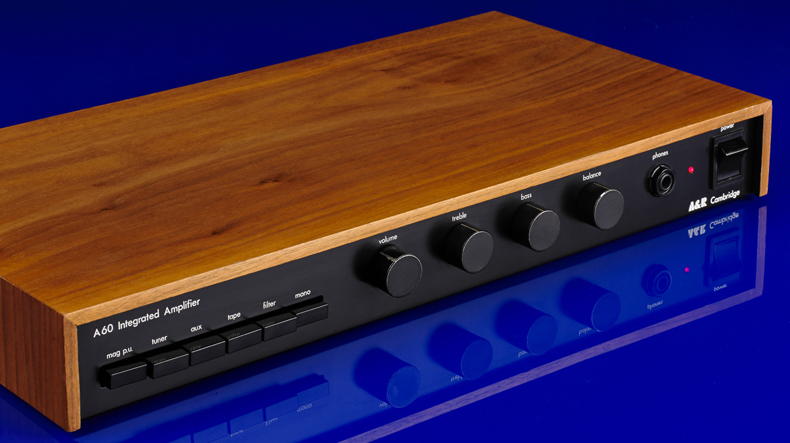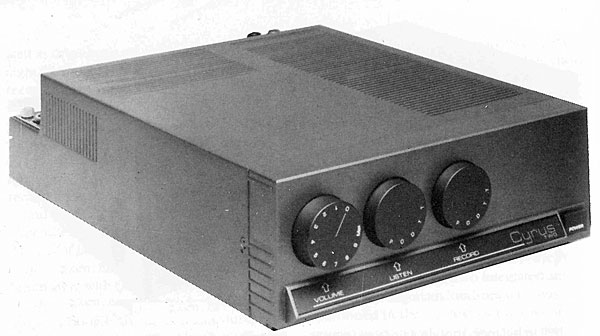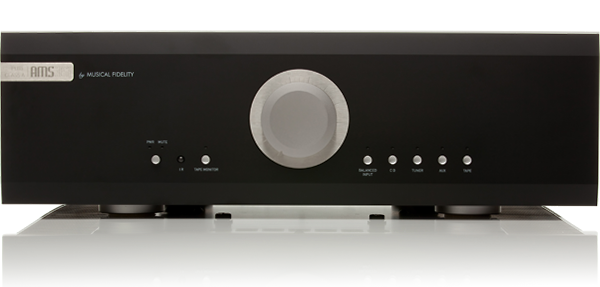It’s not just about listening to music when it comes to hi-fi. Of course, its primary role is to sound good, but it also serves an aesthetic purpose. There’s no shortage of gear that excels at one of these functions, but it’s unusual to find something that excels at both, such as Lecson’s famed AC1/AP3 II pre-power.
Hi-fi design was in a state of flux in the mid-1970s. Most British items were, to put it mildly, practical, but Japanese electronics were frequently as extravagant as Gary Glitter in full stage regalia. That is, until the Lecson appeared. The AC1/AP3 II looked more lovely than Farah Fawcett in hot pants, thanks to Bob Stuart’s electronics and Allan Boothroyd’s industrial design. It precedes Bang & Olufsen’s renowned sparse, elegant style of modernism by several years, making it one of the most visually startling designs of its day – or ever, for that matter.
While everyone else’s preamplifier was either a dreary black box with cheap-looking switches or an aluminum-clad behemoth with a slew of massive brushed chrome knobs, Lecson’s AC1 dared to be different. Volume, balance, input selection, tape monitors, bass, treble, headphones, stereo or quadraphonic operation, high and low filters, and power on/off were all controlled via the eleven rainbow-colored sliders.
Things were no less imaginative on the inside. The five inputs were switched by FETs via reed relays, not to avoid the many pops and clicks that many modern systems made while changing input, but to increase the longevity of the device. Because the tracks on traditional switches, even those with gold plating, oxidise over time, Lecson chose to do the switching electronically. Similarly, putting the AC1’s volume pot in a feedback loop decreased the impact of dirt contamination between the wipers and the tracks of standard potentiometers. The tone controls were immediately by-passed when set to zero, and the preamp’s various filtering options were reported to be optimized for low transient distortion.
Lecson’s top-of-the-line power amplifier, the AP3 Mk2, claimed to deliver a minimum of 100W RMS per side into 8 ohms. Boothroyd’s industrial design was stunning by any standard, but it was more than just a pretty face. Musical Fidelity’s Anthony Michaelson validated this with his massive X-A200 monoblocks, which had a distinctive metal canister architecture that was great for dissipating heat.
Unlike other transistor amplifiers from the 1970s, the AP3 II was created with the goal of being good at generating music in the actual world rather than having fantastic measurable specs. Rather than using a lot of negative feedback to achieve large power levels with infinitesimally low distortion like modern Japanese super amps, Lecson went the other way. Instead, before applying negative feedback, the circuitry was designed to be as linear as feasible. As a result, overall feedback levels were kept low, resulting in a very realistic sound.
The AP3 has a massive toroidal power transformer with exceptionally small, numerous smoothing capacitors, as well as huge, fuse-protected 30amp output transistors and an integrated thermostatic cooling fan to help it along the way. Together, these features meant that the amp could withstand the entire power supply’s energy without blowing, obviating the necessity for sound-degrading protection circuits. The output stage was still protected, as the transistor fuses would blow in the event of a short.
The AC1/AP3 II sound remarkably similar to a good modern transistor amplifier when used together. This combo is lively, open, clean, and immediately musical, avoiding the flashy, hi-fi sound of much Japanese transistor exotica but nevertheless delivering smoothness, detail, and neutrality. It’s not quite as tuneful as the current Naim NAP250, but it’s a lot sweeter and smoother. Similarly, today’s best integrated models are more transparent and sophisticated, but not by a significant margin…
The treble has a remarkable tautness for a twenty-year-old design, as well as a natural musicality that will never go out of style. The AC1/AP3 was only the beginning for the Lecson family. The FM1 tuner, which had the same beautiful sights as the AC1, also came with the DR1, a futuristic optional digital readout module. Then there were the AP1 and AP1X power amplifiers, which had a similar appearance to the AP3 but were less powerful (the AP1 put out 50W, the beefier AP1X 75W). Pay up to £500 for a nice AC1/AP3 Is a lot of money, but keep in mind that the duo cost £440 new in 1977.
The Lecson crew was a talented group that went on to achieve much greater success. Allan and Bob moved on to start Meridian, while Stan Curtis, Lecson’s Technical Director, set the world on fire with his revolutionary Cambridge CD1 back in 1985.







